Artist Abbas Zahedi: ‘I hijack galleries as spaces to grieve’
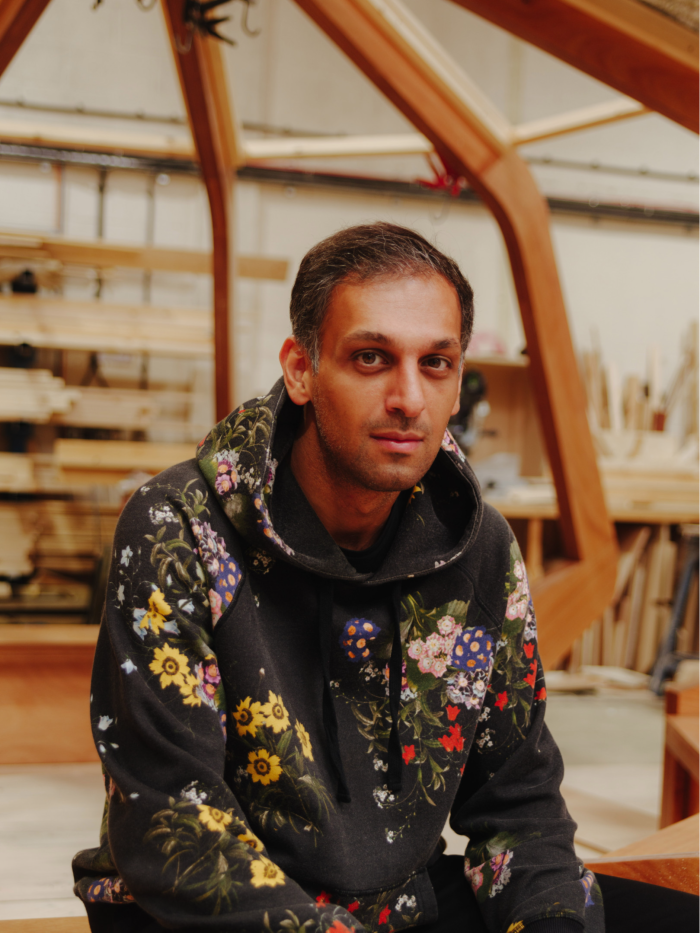
Roula Khalaf, Editor of the FT, selects her favourite stories in this weekly newsletter.
Although he didn’t realise it at the time, Abbas Zahedi — winner of this year’s Frieze Artist Award — made his first artwork in 2010. He was 26. It wasn’t a painting or a sculpture. It was an idea: that his local chippy, the Grove Fish Bar in Ladbroke Grove, west London, could become a philosophy symposium. The intention, for Zahedi and a group of friends, was to create a space in which they — children of migrants (Zahedi was born in London to Iranian parents, both of whom he lost at a young age) — could discuss why they “felt out of sync with the rest of society”.
“[Many of us] were working-class, grew up on estates, and when we went to university we were in a really different demographic,” Zahedi says. He roped in friends willing to hold a conversation (or argument) about art, literature and philosophy. (Listening to Zahedi speak, over a coffee in late September, with an incredible onrush of thoughts peppered with references to Descartes, TS Eliot and Lyotard, delivered in his faint west London twang, was perhaps a taster.)
Zahedi had studied pharmacology at University College London and the days spent examining epilepsy treatments in a lab meant “my whole life was dominated by this medicalised way of relating to the world”. But the death of his brother — whom he’d looked after since his mother died — following a failed heart transplant, hit hard. When he walked into a hospital, “I started getting triggered, having panic attacks.”
The Grove reading group was about creating something that met an emotional need and, feeling inspired, Zahedi drifted away from medicine and threw himself into community activism. Some projects provided urgent support, such as starting a food bank. Others seemed more cerebral, weirder, such as the idea he had to recruit a scholar from Oxford to deliver lectures on Carl Jung out of a shopfront in Kilburn.
Around this time, the artist Othello De’Souza-Hartley came across his projects and told him: “What you’re doing is art; it’s social practice.” Zahedi struggled to imagine how what he did could be relevant to a gallery; he’d never studied at art school. But the encounters Zahedi was creating were not dissimilar to what’s known in art-speak as “relational aesthetics”, used to describe versions of art-as-performative-social-experience. In an example from 1992, the artist Rirkrit Tiravanija took over a New York gallery and cooked Thai food for visitors.
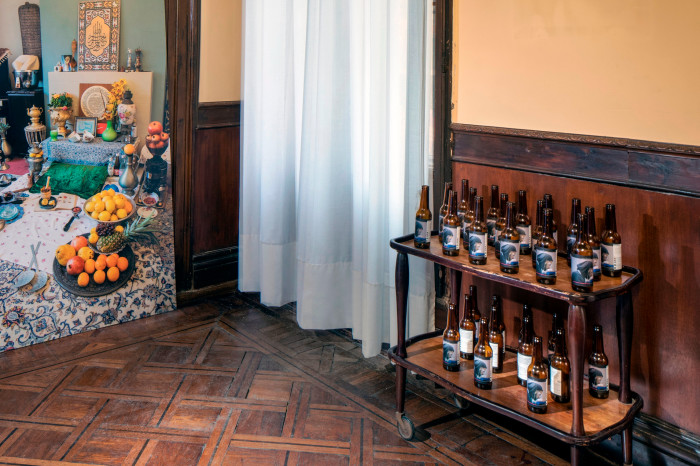
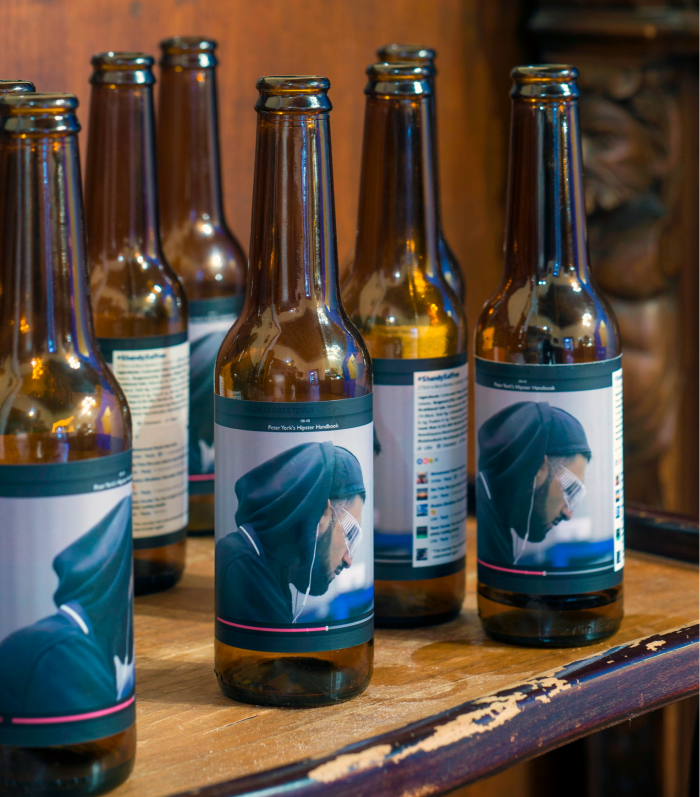
Zahedi participated in the Diaspora Pavilion at the 2017 Venice Biennale, for which he produced Shandy Saffron, a cocktail of beer and bergamot juice that gestured to Zahedi’s own diasporic identity, as well as nodding to the members of his maternal family in Iran who once worked as ceremonial drinks-makers. He showed his work alongside the photographer Khadija Saye; when they both returned to London, she persuaded Zahedi to join her in studying at Central Saint Martins. Saye lived in Grenfell Tower and perished in the fire that ripped through the building on June 14 2017. Zahedi, who lived on a nearby estate, remembers the night. “I look out my window. I’m calling her, trying to help her get out. It’s a trauma that I spent years processing.”
For his masters degree exhibition at Central Saint Martins in 2019, Zahedi presented a small empty fridge which emitted a green glow. He wanted to say: “I’m holding this space for Khadija, who should have been in this show with me. But she’s not here.”
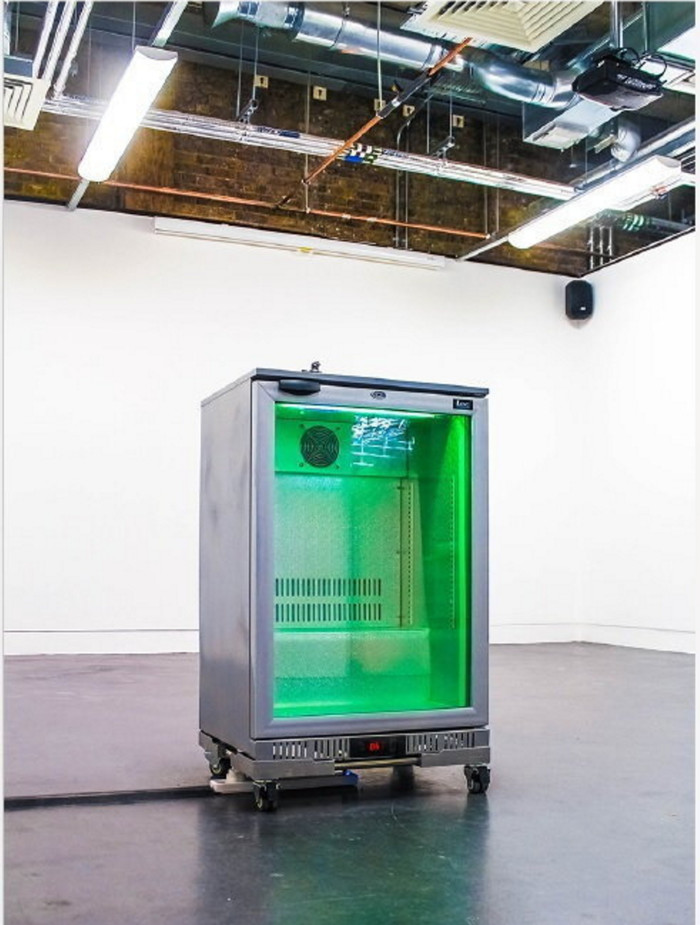
The artworks that Zahedi has made since evoke weeping or cleansing. In a 2020 exhibition at South London Gallery (which occupies a former Victorian fire station) he installed a sprinkler system, its nozzles leaking rosewater. Earlier this year, in New York, he presented a strange musical instrument called a “waterphone” which drew in water molecules from the air via calcium chloride, altering its tone in the process.
During the lockdowns, Zahedi worked on a project titled “Ouranophobia SW3” — suggesting a “fear of the heavens” — in a former mail depot, the Chelsea Sorting Office. The installation included a flight of steps recalling the pulpit of a mosque, as well as samples from a prayer for the dead performed by Iranian musicians Saint Abdullah. Zahedi partnered with a team of neurologists to make the show accessible as a space of sanctuary for NHS workers over the winter months.
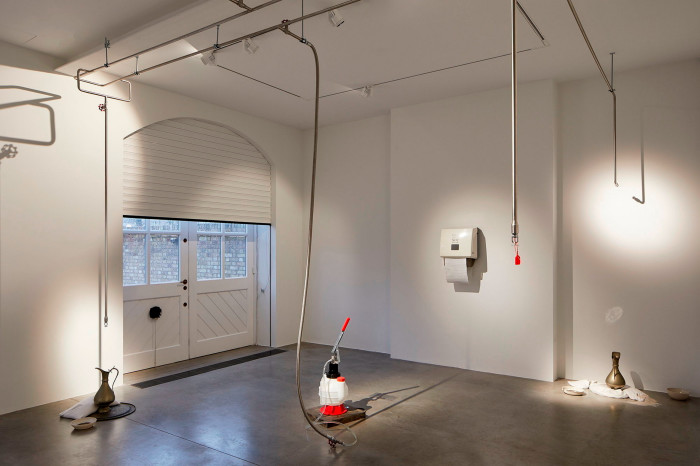
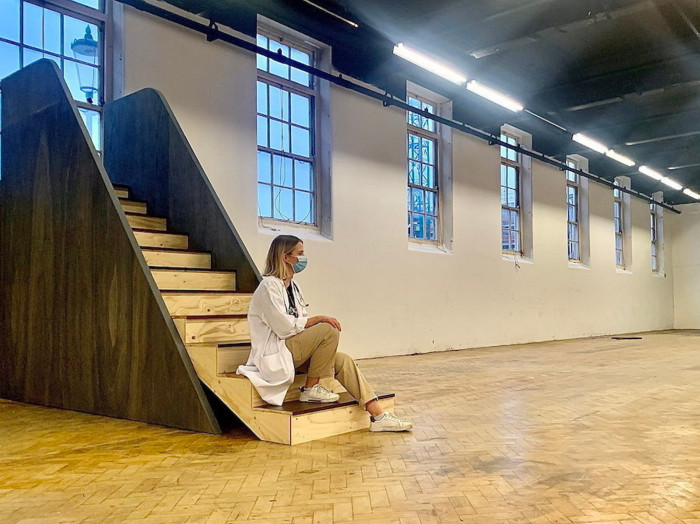
For Zahedi, art is a portal. “When I walk into a [gallery’s] white cube — this very sterile, bright space — I feel like I’m in an operating theatre. I’m transported back into a medical environment,” he says. “I feel like I hijack gallery spaces as spaces to grieve.” What does it mean to have an audience for that grief? “Having the opportunity to be witnessed in your grief, or to witness grief, serves an important social and emotional need that we have. Allowing yourself to be vulnerable, and not shunned, creates a sense of acceptance.”
For the Frieze Artist Award, Zahedi will create a work at the art fair’s London edition this month. He shows me a sketch of the piece, which he’s been building with a team of stage designers, positioned next to the entrance of the fair’s mega-tent. Zahedi’s wooden yurt is partly inspired by the experimental, fantastical UFO-like bus stops that were built in parts of the former Soviet Union. “I’m trying to propose a civic infrastructure,” he says. “The circular structure provides a space for gathering and conversation — what if they were as ubiquitous as bus stops?”
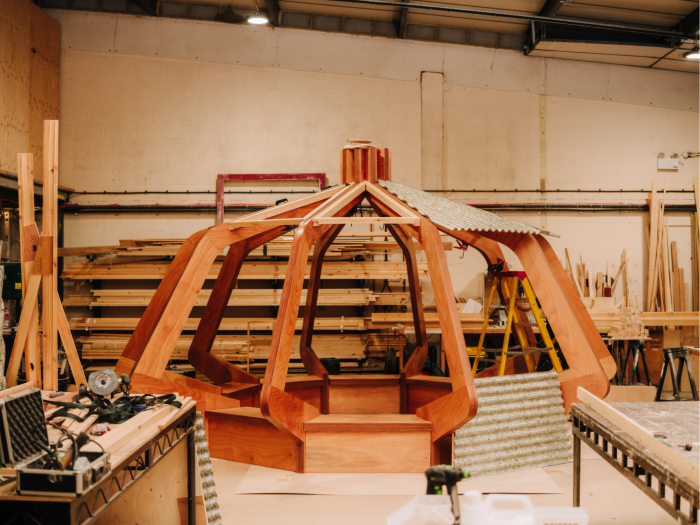
“Waiting With {Sonic Support}” (2022) will serve as a stage for a daily open-mic session — its participants are “visual artists, activists, musicians and spoken word artists” selected from an open call — that will be livestreamed into a listening booth located inside the fair, as well as broadcast within the BMW cars which ferry VIPs around. Maybe it’s a delicate way of highlighting the fair’s own boundaries of exclusivity. (The open-mic participants are given a free pass into the fair; a ticket for the first preview day, I note, costs £263.40). After the fair is over, Zahedi intends for the structure to be donated to a school, which sounds nice. “I feel like I’m the corporate social responsibility this year,” he quips.
But in between me gently needling him about what he’s doing in a glorified trade show, Zahedi catches me off guard. “Whenever I’m curious about something, I feel like I have to really get into its inner workings, to get a sense of what it means to me,” he says. “One of the reasons I continued studying medicine after my brother passed away was to eventually end up in an operating theatre, with a patient who had their chest open; their heart had the same condition as my brother. I could look at it with my own eyes and just watch the way the heart failed each time it tried to beat. I could be like: OK, that’s what happens here. I pushed through a lot of emotional difficulty to get to that point, and once I got there, I could lay it to rest.”
I forget all about the gallerists and collectors gossiping and backslapping in their identikit cubicles. It’s an astonishing description, I think, of the strangeness, and the difficulty, of making art at the threshold between life and death. And of trying to find a way back.
Frieze London runs October 12-16, frieze.com
‘Signs and Lemons’, a show of Abbas Zahedi’s multiples, runs October 11-December 23 at Belmacz gallery, belmacz.com
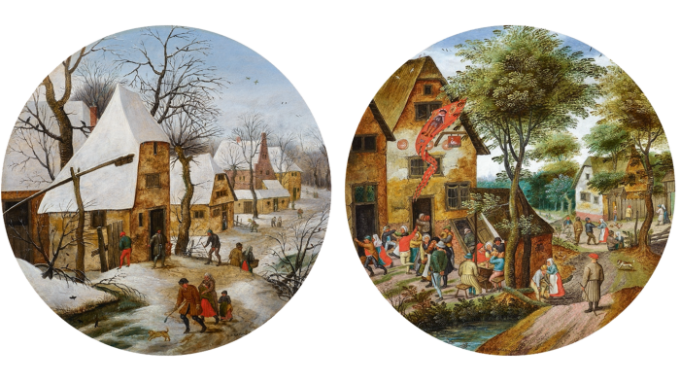
Comments